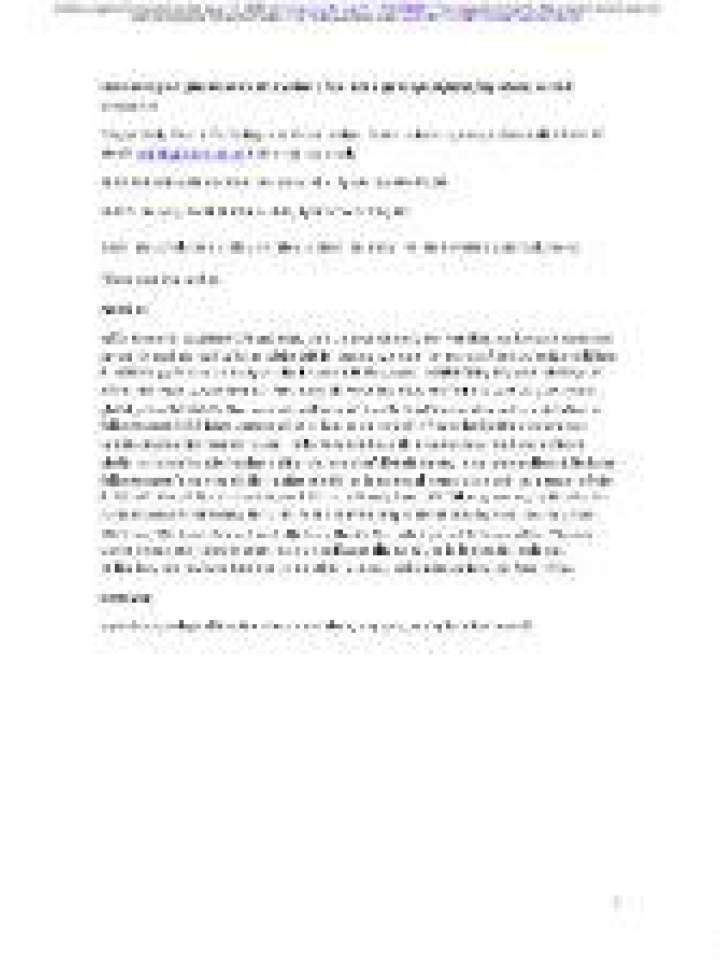Forecasting the global extent of invasion of the cereal pest Spodoptera frugiperda, the fall armyworm
This paper aims to assess the potential global year-round distribution of fall armyworm and its impact on crops and livelihoods. This paper used evidence of the effects of temperature and precipitation on fall armyworm life-history, combined with data on native and African distributions to construct Species Distribution Models (SDMs).
Fall armyworm has only invaded areas that have a climate similar to the native distribution, validating the use of climatic SDMs. The strongest climatic limits on fall armyworm year-round distribution are the coldest annual temperature and the amount of rain in the wet season. Much of sub-Saharan Africa can host year-round fall armyworm populations, but the likelihoods of colonising North Africa and seasonal migrations into Europe are hard to predict. South and Southeast Asia and Australia have climate that would permit fall armyworm to invade. Current trade and transportation routes reveal Australia, China, India, Indonesia, Malaysia, Philippines, and Thailand face high threat of fall armyworm invasions originating from Africa.
Fall armyworm, Spodoptera frugiperda, is a crop pest native to the Americas, which has invaded and spread throughout sub-Saharan Africa within two years. Recent estimates of 20-50% maize yield loss in Africa suggest severe damage to livelihoods. Fall armyworm is still infilling its potential range in Africa, and could spread to other continents.
Explore further
